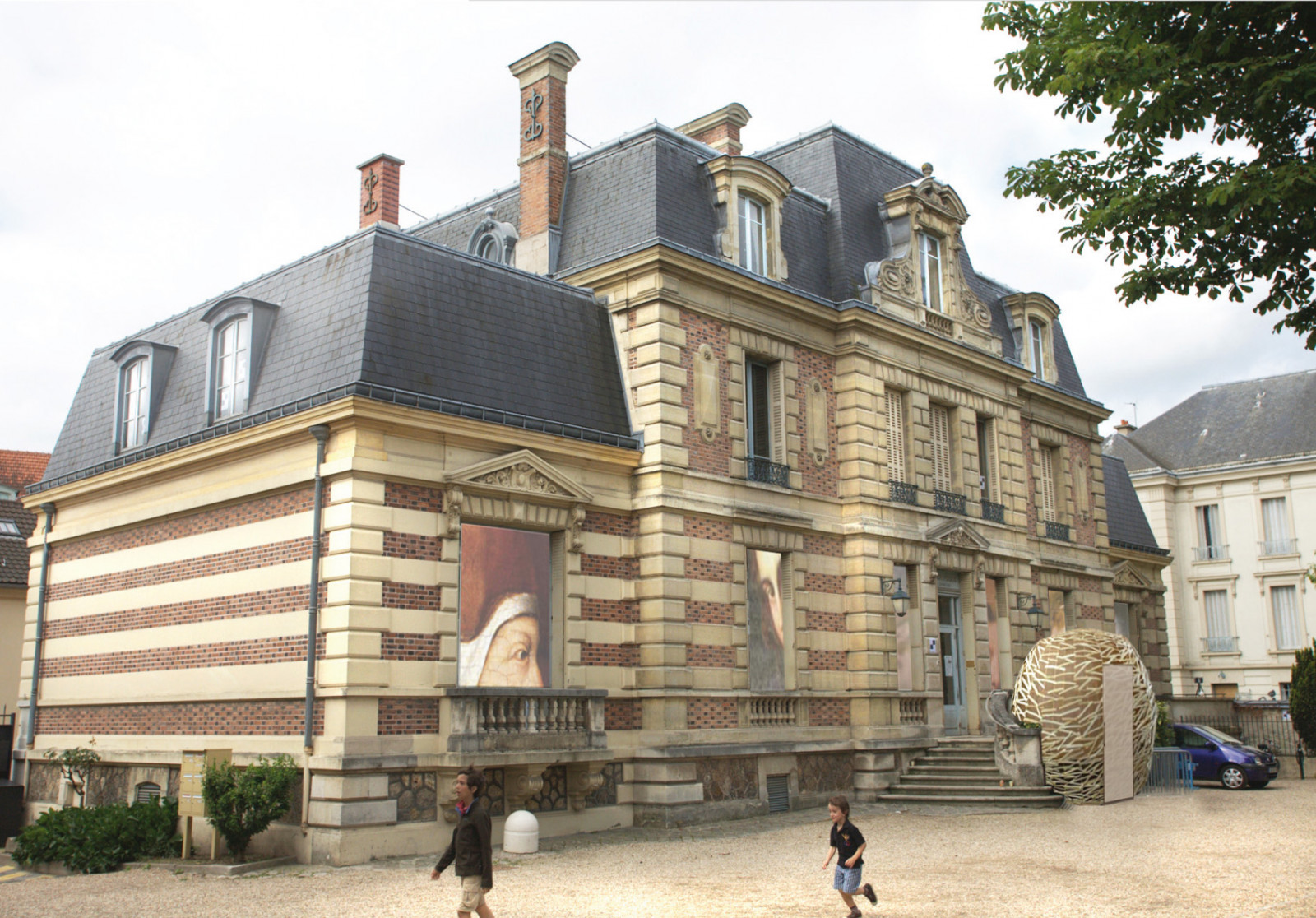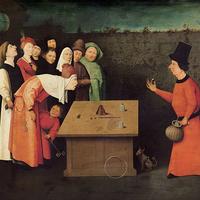More about Musée Municipal de Saint-Germain-en-Laye
Works at Musée Municipal de Saint-Germain-en-Laye

Contributor
Unless you're French, a serious Bosch fiend, or a French Bosch fiend, you may never have heard of the Municipal Museum of Saint-Germain-en-Laye, whose claim to fame is L'Escamoteur, a mysterious painting which may or may not be the work of Bosch.
Saint-Germain-en-Laye itself is a commune, and no, that doesn't mean it's a place that makes its own peanut butter and gives all its earnings to a charismatic theurgist—these are socialist associations of the English word "commune"—in France, a commune is basically a town, and it describes the lowest level of civil administration. Whereas the US has lots of areas that are unincorporated but fall under the jurisdiction of a county government, like the desert south of the adorably named Buttonwillow, California, the Republic of France is almost entirely divided into communes, including even its uninhabitable areas.
Most English sources translate the name of L'Escamoteur as "The Conjurer," but, like most translations, this one leaves something behind, as a French speaker will tell you. In English, "to conjure" usually means "to conjure up" something, to pull a rabbit out of a hat, doves from a handkerchief, or profit from a scandal. In French, however, the transitive verb escamoter means, by default, to "conjure away," to snatch, or to dodge, to capture your attention in such a way that you don't quite notice that you're missing your pocketbook. Although the museum began from the collection of former city councilmember Louis-Alexandre Ducastel in 1872, its wider fame began in earnest 107 years later, when a certain punny journalist, according to legend, published the headline "L'Escamoteur escamoté," informing the horrified public that someone had conjured The Conjurer away. The apocryphal headline, real or not, has become so popular in France that it is the title of a documentary series produced by the France Culture network. The culprit turned out to be a group who viewed themselves as latter-day Robespierres, for whom the exorbitant financial value of artwork is a form of violence in itself, convinced that theft and violence were justified in the name of their political position. The police located and returned the painting, but the museum would never be the same.
If you've had someone "jack" your valuables on a city street, you know it's a humbling experience, but in the case of the Municipal Museum at Saint-Germain-en-Laye the robbery may have been too humbling, as it resulted in the apparently permanent closing of the museum to the public. As of this writing, with few exceptions, the Museum has been closed to the public for over forty years. Recently, the commune has co-designed an impressive app that allows you to view the collection from your PC or mobile device in super-duper high resolution, but, of course, there's no way to digitize the physical aura of an artwork, which may be related to the social aspect of the artspace.
In 1968, the commune received a generous gift from the estate of a fella named André Vera, whose occupation the Museum website gives as "gardening theorist," which sounds like an excellent, and very French, occupation to have. Working in the Art Deco idiom, Vera was a co-founder of a business called L'Atelier Français, with the artists Louis Süe, André Groult, and Gustave Louis Jaulmes. Vera wrote, "We share a liking for the regular garden (jardin régulier) [which] surges…from the very nature of the French people." In 2006, the commune placed the gift, in the name of Vera and his brother, the interdisciplinary artist Paul Vera, in a building called "La Thébaïde," next door to the main Municipal Museum, designed by Jean-Charles Moreux (1889-1956). The Vera bros.' collection opened to the public in 2009.
Sources
- Birden, Sébastien. "Saint-Germain-en-Laye: les tableaux des collections municipales sur la toile." le Parisien, Dec. 22, 2016, https://www.leparisien.fr/amp/yvelines-78/saint-germain-en-laye-78100/s…
- Conan, Michel. "Review: Modern Landscape Architecture: A Critical Review by Marc Treib; The Modernist Garden in France by Dorothée Imbert." AA Files 27 (Summer 1994): 105-108.
- "Espace Paul et André Vera. Saint-Germain-en-Laye, Yvelines." BnF Data, https://data.bnf.fr/fr/15873698/espace_paul_et_andre_vera_saint-germain….
- "FONDS PERMANENT PAUL-ET-ANDRÉ-VERA." Saint Germain en Laye, https://www.saintgermainenlaye.fr/503/fonds-permanent-paul-et-andre-ver….
- "L'Escamoteur escamoté." france culture, Jan. 1, 2017, https://www.franceculture.fr/emissions/une-histoire-particuliere-un-rec….
- Miller, Timothy. The 60s Communes: Hippies and Beyond. Syracuse, NY: Syracuse University Press, 2015.
- "Musée Municipal Saint-germain-en-laye." Gralon, https://www.gralon.net/tourisme/musee-musee-municipal-633.htm.










